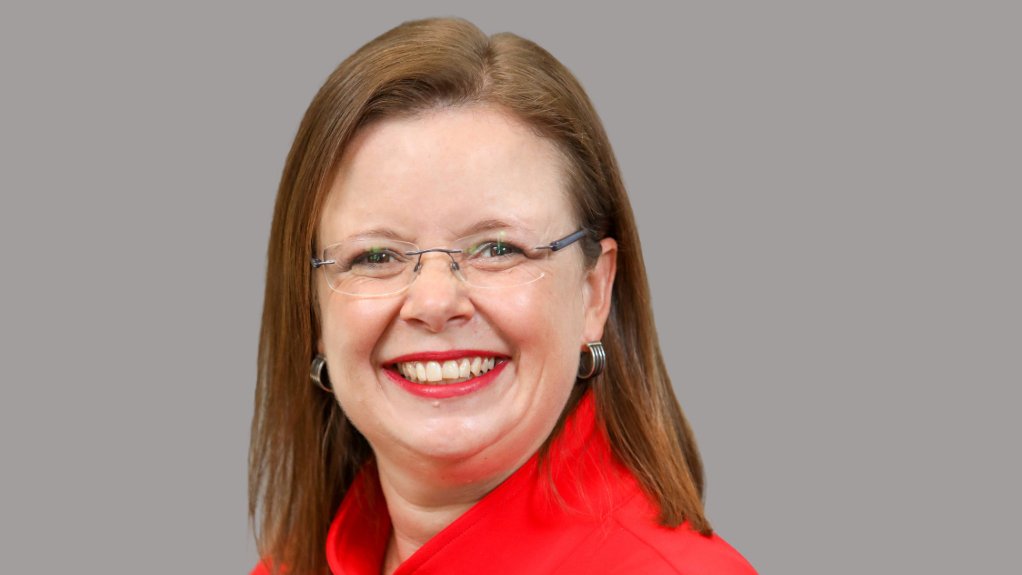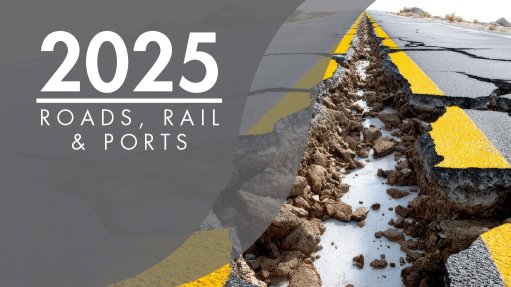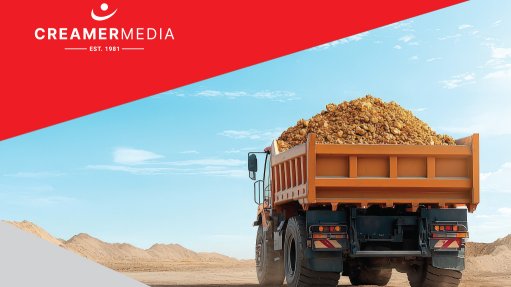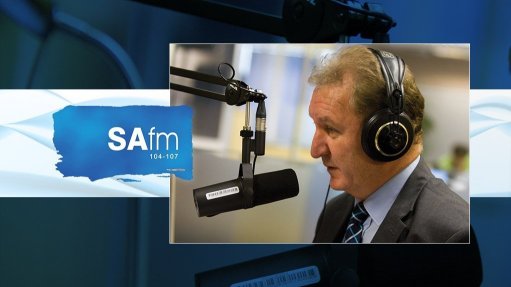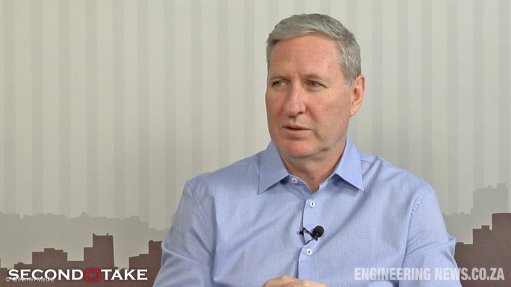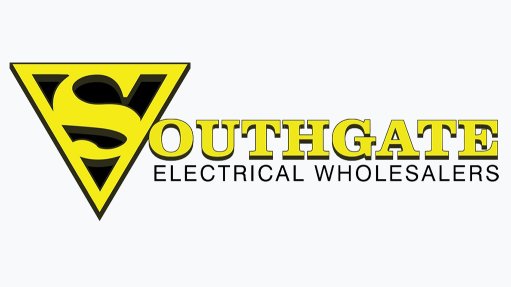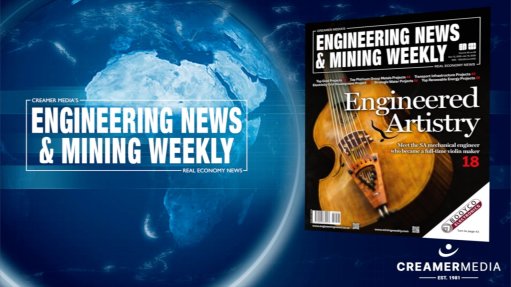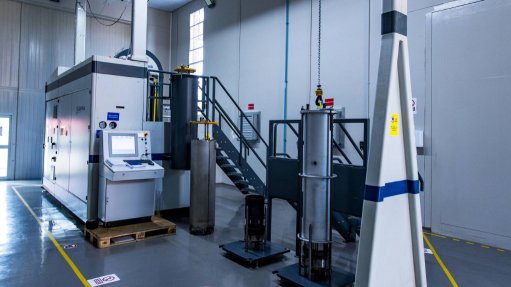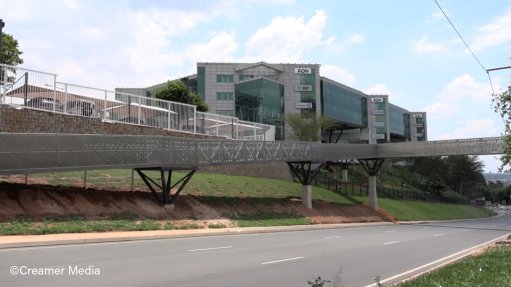Opinion: Budget 2025 will put to the test government’s commitment to a more sustainable fiscal stance
In this article, Standard Bank Group Head of South Africa Macroeconomic Research Dr Elna Moolman writes about the backdrop against which the 2025 Budget speech is being delivered and the key areas of priority that the South African government should focus on.
This budget faces an exceedingly uncertain economic backdrop. The US administration under President Donald Trump has hiked tariffs on numerous products from several countries. Further, there have already been adjustments to the initial policy announcements. In response, there have been retaliatory measures from certain US trading partners.
South Africa-specific policy measures, including President Trump’s executive order to suspend all aid to South Africa (although this was subsequently, at least temporarily, amended), exacerbate the idiosyncratic uncertainty. There is also a risk of further, potentially even more damaging, steps. The risks to economic growth underpin uncertainty about the South African government’s revenue trajectory.
Further, the risks to the government’s spending trajectory are also particularly elevated. A recent court case has increased the pressure to expand social grant support, even though its suspension, following government’s appeal, staves off the immediate risk. Further, government’s latest wage offer appears to exceed the current budget allocation in this regard.
The government may in due course have to take on a measure of the expenses currently covered by US aid to South Africa. While the government has been firm about not bailing out either local or provincial governments, it may at some stage ease the pressure from elevated, and still escalating, municipal debt to Eskom as well as various water boards. In fact, certain State-owned enterprises (SOEs), notably Transnet, have already requested significant fiscal support.
All these pressures and uncertainties complicate the government’s aim to put SA’s fiscal trajectory on a sustainable path after the significant deterioration of recent years. Notably, over the past decade, SA’s debt-GDP ratio has increased by nearly 30 percentage points (while the average of emerging markets and advanced economies increased by only 17 and 9 percentage points respectively). Further, South Africa’s annual interest bill exceeds its total spending on social grants by R171-billion a year.
South Africa’s strategy – to stabilise its debt – addresses both government revenue and expenditure. The government has been reining in spending by limiting growth in departmental spending and impelling departments to absorb, for example, any extent to which compensation costs exceed the budgeted allocation – by either curbing employment or cutting other spending. It is also applying a “tough love” approach to SOE support, with a growing reluctance to merely plug the holes with cash injections. Instead, any financial support will be highly conditional, including in the case of sectors such as logistics and energy, to increase private sector participation. Furthermore, government will increasingly turn to alternative funding mechanisms rather than provide full funding shortfalls to SOEs. For Transnet, for example, the government will likely provide some government guarantees to support the entity’s borrowing – and then steer it towards blended finance options (which would include other funding sources too).
Efforts to boost revenue include improving South African Revenue Service's collection capacity and reforms to lift trend economic growth. Meaningful, albeit gradual, traction with reforms underpins our expectation for a material improvement in South Africa’s trend growth rate. Reforms have already led to improved electricity availability as well as an increase in railed volumes and a reduction in port delays. Other reforms underway include making it easier to import skills. Further, a new mining cadastral system is in progress for implementation by mid-year.
These improvements – to boost economic growth and revenues as well as to curb spending – have been boosting the fiscal prognosis. However, in the upcoming budget, the government’s resolve will be tested given the confluence of current risks. Nevertheless, we’d expect the government to stay the course and keep key fiscal metrics in line with those projected in the October 2024 Medium-Term Budget Policy Statement. However, avoiding material slippage will be no mean feat, considering the current conditions.
The most important aspect of the budget will be whether the debt-GDP trajectory is still credibly projected to stabilise soon, and whether the predicted peak is not materially higher than before. If so, investors should view South Africa as remaining on course despite the now far more challenging global situation. Similar to the structural economic reforms, in which the hard work took a while to be visible (such as with the electricity reforms that ease the power constraint), taking pragmatic fiscal decisions now will ultimately put South Africa on a sustainable fiscal path, even if there are setbacks in the interim.
Article Enquiry
Email Article
Save Article
Feedback
To advertise email advertising@creamermedia.co.za or click here
Comments
Press Office
Announcements
What's On
Subscribe to improve your user experience...
Option 1 (equivalent of R125 a month):
Receive a weekly copy of Creamer Media's Engineering News & Mining Weekly magazine
(print copy for those in South Africa and e-magazine for those outside of South Africa)
Receive daily email newsletters
Access to full search results
Access archive of magazine back copies
Access to Projects in Progress
Access to ONE Research Report of your choice in PDF format
Option 2 (equivalent of R375 a month):
All benefits from Option 1
PLUS
Access to Creamer Media's Research Channel Africa for ALL Research Reports, in PDF format, on various industrial and mining sectors
including Electricity; Water; Energy Transition; Hydrogen; Roads, Rail and Ports; Coal; Gold; Platinum; Battery Metals; etc.
Already a subscriber?
Forgotten your password?
Receive weekly copy of Creamer Media's Engineering News & Mining Weekly magazine (print copy for those in South Africa and e-magazine for those outside of South Africa)
➕
Recieve daily email newsletters
➕
Access to full search results
➕
Access archive of magazine back copies
➕
Access to Projects in Progress
➕
Access to ONE Research Report of your choice in PDF format
RESEARCH CHANNEL AFRICA
R4500 (equivalent of R375 a month)
SUBSCRIBEAll benefits from Option 1
➕
Access to Creamer Media's Research Channel Africa for ALL Research Reports on various industrial and mining sectors, in PDF format, including on:
Electricity
➕
Water
➕
Energy Transition
➕
Hydrogen
➕
Roads, Rail and Ports
➕
Coal
➕
Gold
➕
Platinum
➕
Battery Metals
➕
etc.
Receive all benefits from Option 1 or Option 2 delivered to numerous people at your company
➕
Multiple User names and Passwords for simultaneous log-ins
➕
Intranet integration access to all in your organisation



